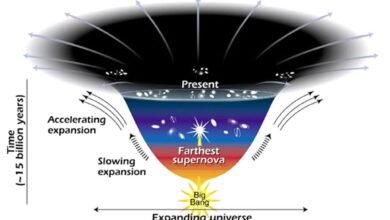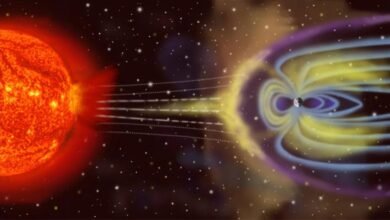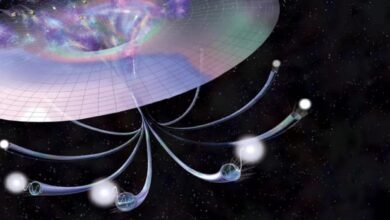Ask Ethan: Why is there no antigravity? | by Ethan Siegel | Starts With A Bang! | Dec, 2023

In General Relativity, the matter and energy present curve spacetime, which we experience as gravity. Why can’t there be an “antigravity” force?
Although there are four known fundamental forces to the Universe, there’s only one that matters on the largest cosmic scales of all: gravitation. The other three fundamental forces:
- the strong nuclear force, which holds protons and neutrons together,
- the weak nuclear force, responsible for radioactive decays and any “species change” among quarks and leptons,
- and the electromagnetic force, which causes neutral atoms to form,
are all largely irrelevant on cosmic scales. The reason why is simple: the other forces, when you gather large sets of particles together, all balance out at large distances. Matter, under those three forces, appears “neutral” at large scales, and no net force exists.
But not so with gravitation. In fact, gravitation is unique in this sense. With gravitation, there are only “positive” charges: things with positive amounts of mass and/or energy. Between those things, the gravitational force is only attractive, and so cumulatively, it can really add up. But why is it this way, and not any other? That’s what Alex Gebethner wants to know, writing in to ask:
“The common model used to explain spacetime to laymen like me is the bowling ball on a bedsheet. The weight of the ball deforms the flat sheet and draws in smaller objects nearby. But it seems logical that the bedsheet could be deformed in the other direction (upwards, to continue with the bedsheet analogy) by a very similar object, pushing objects away from the point of deformation. However, we never observe this occurring. Why? Why does spacetime only bend in one direction (that of gravity)?”
It’s a profound question, and one that deserves a quality answer.
Above is the “classic” illustration of General Relativity: the notion that space (and spacetime) is simply a fabric, and that…
Source link





